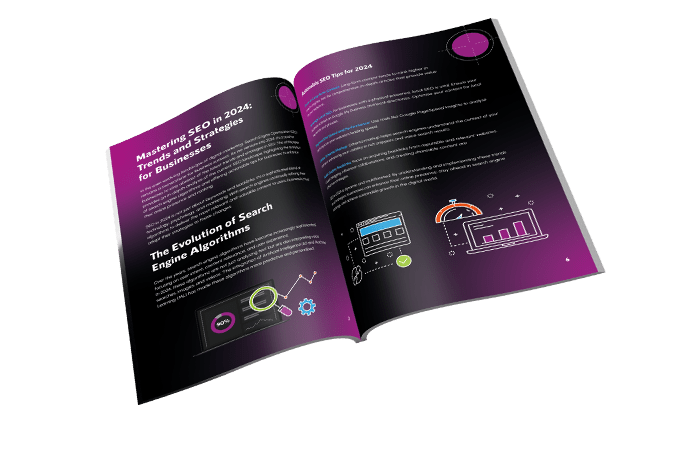News
How To Use Machine Learning And Heat Maps To Improve Your Web Design
To consider how machine learning can improve web design we should first have clarity about what is meant by machine learning. Machine learning in general says that the machine can learn, and in this way it is related to artificial intelligence.
Most forms of machine learning in computer science involves giving the computer data and allowing it to decide how to categorise the data. The machine is also capable of learning algorithm updates, so in theory the computer would be cleverer next time around with each new set of data input.
There are many different types of machine learning, some of the most well-known being: handwriting recognition, speech recognition, search engine optimisation, machine translation, heat maps etc.
In web design, heat maps can be used to learn very useful things about how computer users are interacting with websites. We heavily recommend heat maps such as CrazyEgg to our clients when we review their online marketing activities and when we launch a new site.
Heat maps are a way of using an alternative graphic technique to give data a spatial element. The concept originated from the idea of weather maps i.e. trying to pictorially demonstrate which places are hot or not by giving it a colour coding.
In computer science, heat maps use statistical data to design a map that makes the data easier to understand. The type of data that business owners would like to know about, would be which area of the website do the computer users focus on. Websites should ideally be designed so that users focus on the headline or description of the product, the image of the product, and then the call to action. With machine learning it is possible to find out whether your website is actually fulfilling this aim.
The computer accumulates data on what consumers are focussing on, by tracking either the mouse movements or the eye movements of visitors on the website. After the computer has automatically tracked this data, it then records and analyses it. It is then presented to the business owner in the form of a heat map delineating which areas of the web site got the most ‘heat’ or attention from users.
The data can be gathered using two main methods: mouse tracking and eye tracking. With eye tracking a webcam can be used or more sophisticated equipment in a laboratory setting.





The Ultimate Social Media Guide
With the ever-growing power of social media, we use the latest techniques, video, and animation software to craft eye-catching social media assets that make your brand pop. Our designers, wielding Adobe Creative tools, create distinctive animations and graphics to illuminate your brand story and highlight your products or services. Want a unique design? No problem – we also offer bespoke designs to match your brand aesthetic.